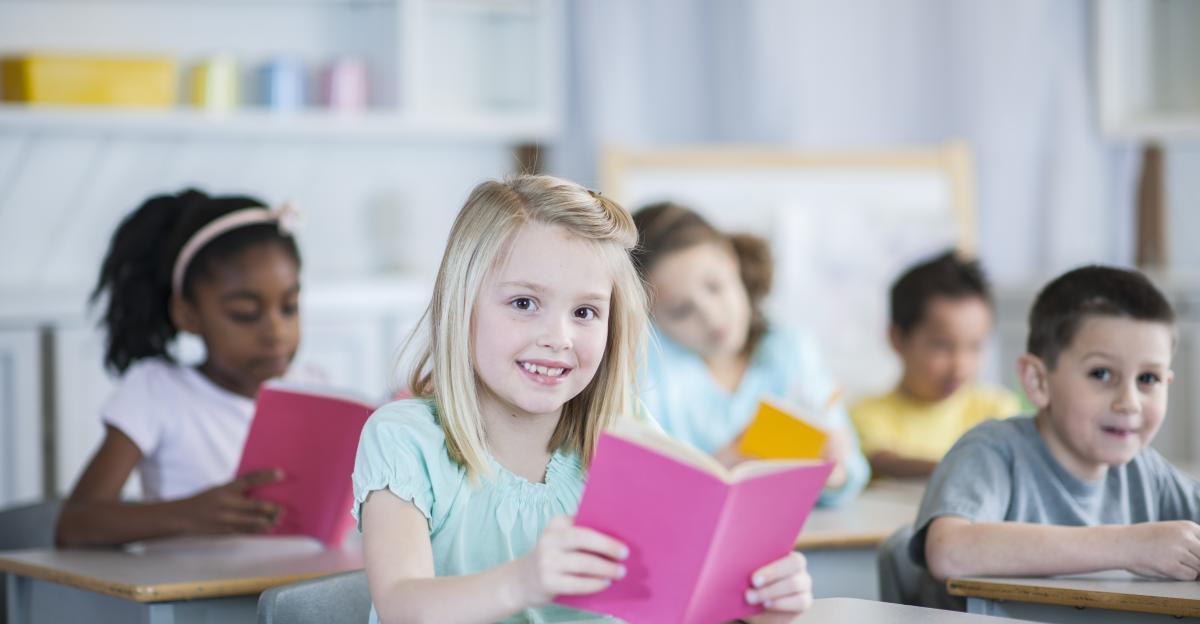Children, like adults, are susceptible to the stress and frenetic energy that accompanies a large body of students crammed into a relatively small space all day. While school can be an enjoyable experience for some, it can be downright overwhelming for others, especially when coupled with the huge range of sensory stimulants present in the typical classroom.
Sure, there are many ways to use classroom management to keep children calmer, and this is a crucial hat any teacher must wear. However, some students will find it hard to calm down no matter what if those stimulants continue unabated. Try calming students starts with a tranquil and relaxing physical space. Here’s how to do it.
Create Specific Spaces for Kids
Nothing is calmer than a sense of place. Adults appreciate appropriate work environments (think a desk by a window, or the conference room), and so do kids. Setting aside dedicated spaces can help them concentrate, sink into their work and reach a state of uninterrupted flow.
Sensory spaces are an excellent way to do this, separating students from the rest of the action. Ideas include creating centers for study, writing or creating. Take it one step further and divide spaces to make the room feel smaller, safer and cozier. Seclusion adds an extra layer of serenity to these areas of your classroom.
Dedicate Areas to Movement
Of course, sometimes children need the opposite of flow, and in that case, spaces specifically dedicated to physical needs can do the trick. Set up a spot in the room for physical movement, where they can get all their wiggles out with collapsible trampolines or balls to bounce on.
At the opposite ends of the spectrum, kids may also need a space free of work requirements or physical movement. This “chill-out space” should be quieter than the rest of the room, preferably located in a corner and partitioned off, perhaps with shelves or a larger desk. Cozy chairs and pastel decor help promote the calming down process.
Quiet Things Down
The classroom can be a noisy place. Sometimes that’s fun … but sometimes it’s just overpowering. Help reduce noise with chair pads or tennis balls on chairs and tables. Lay down rugs in open spaces to muffle footsteps, and dampen sounds around the room with curtains, cushions, pillows and cloth on the walls and bulletin boards.
Soften the Lighting
Many children (and adults, for that matter) are sensitive to lighting. Bright lights, especially the fluorescent tubes so often used in classroom, are hard on the eyes and can be overstimulating to some students. Others just find it unpleasant – and the teacher often agrees. Address this with Cozy Shades, which stay in place over lighting panels with magnets, helping soften lighting across the classroom. With plenty of seasonal choices, you can create appropriate environments for any time of year.
What are YOUR tried and true calming strategies for the classroom?






Leave a Reply